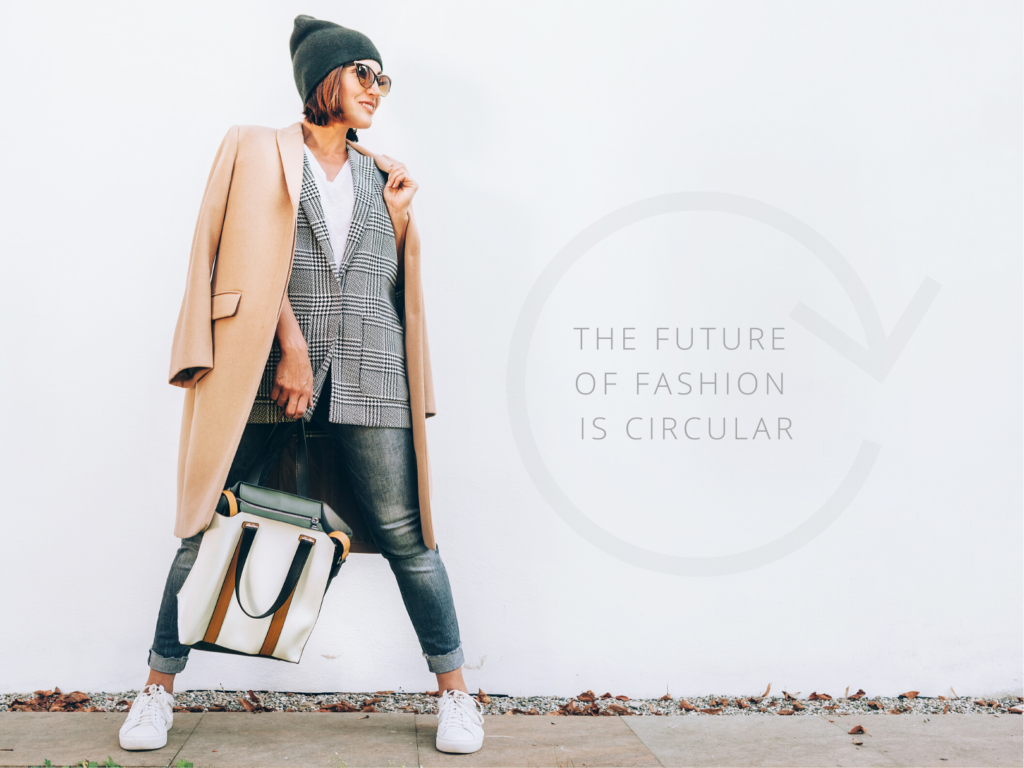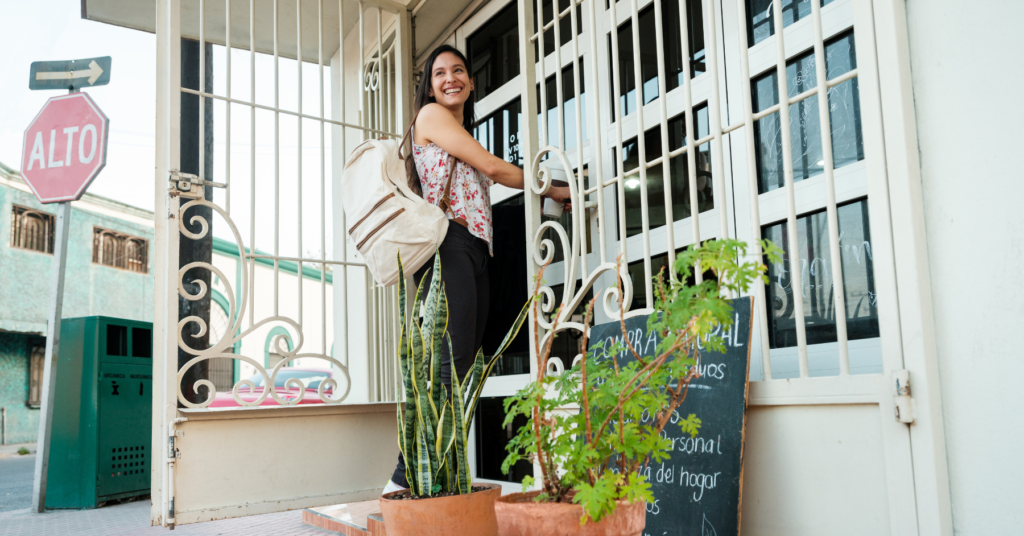A Forbes study found that 88% percent of consumers want brands to help them make more sustainable decisions. This means that there is a growing need to include trustworthy, sustainable labels or hang tags on garments (Fashion United, 2021). Eco-labels are one way to get consumers such information.
What are eco-labels, and what do they include?
Eco-labels are voluntary tags certifying a garment or product as sustainable and listing its credentials (Fashion United, 2021). These are included to help consumers identify products that meet certain performance criteria qualifying them as “environmentally preferable.” These labels can be owned or managed by government agencies, non-profit organizations, or private sector businesses (EPA, 2022). The Ecolabel Index lists over 450 eco-labels across 25 different market sectors, seeking to offer clarity and transparency about how and where products were made (Fashion United, 2021).
Positioning products
Fordham University-Gabelli School of Business’s Responsible Business Coalition and Rockbridge Associates surveyed 500 Americans and found that 50% have “some level” of interest in looking at eco-labels to guide their purchases, though 17.8% had “no interest at all.” Those who expressed interest were younger, college-educated, employed, and living in urban settings. Respondents cared most about a garment’s recyclability, followed by human rights, chemical use, animal welfare, material use, and then carbon footprint (Chua, 2022).
The survey found that 65% of those surveyed would like an eco-label that is attached to a clothing item by a brand label, price tag, or both, and QR codes ranked as least desired because only 12% access them regularly (Chua, 2022).
Nearly a quarter (24%) of respondents reported that they would like a designated area online or in-store that highlights sustainable products. Likewise, for those who shop online, 44% of those surveyed said they would prefer an eco-label to show as an icon on a site, as a website, filter, or as both (Chua, 2022).
Avoiding “label creep”
There is a concern, however, that ever-increasing garment-labeling requirements has brought on “label creep”–an overwhelming amount of information online or on tags (Chua, 2022). Another concern is that the numerous certifications adhere to different standards, which can confuse customers (Fashion United, 2021).
The following tips can help develop conscious consumers:
- Research products and understand what certifications mean.
- Decide what matters and correlate personal values to product purchases.
- Remember that branding something as a “green” product can be misleading; check to make sure it is actually sustainable.
- Purchase from trusted brands.
- Let brands know that they should provide more transparency through eco-labels and other means.
- Evaluate products at home and see what can be saved or upgraded to be more sustainable in carbon output.
In conclusion, as brands provide more information and consumers carefully evaluate it, consumers and the environment will benefit.
References
Chua, J. M. (2022, July 8). What consumers really want to see on an eco-label. Sourcing Journal. https://sourcingjournal.com/sustainability/sustainability-news/fordham-responsible-business-coalition-aafa-eco-labels-sustainability-354105/
EPA. (2022, June 22). Introduction to ecolabels and standards for greener products. https://www.epa.gov/greenerproducts/introduction-ecolabels-and-standards-greener-products
Fashion United. (2021, September 21). The rise of sustainable labelling in the fashion industry. https://fashionunited.uk/news/fashion/the-rise-of-sustainable-labelling-in-the-fashion-industry/2021092157813

Circular Economy and Sustainable Product Design
We live in a world with finite resources. We also live in a world that prioritizes a linear,...

Sustainable Shopping Guide
Eco-anxiety is a growing concern among young people. For instance, a recent survey on the topic...

Tips to relieve eco-anxiety
Climate change is, without a doubt, one of the most prominent concerns of the entire world today. A...

